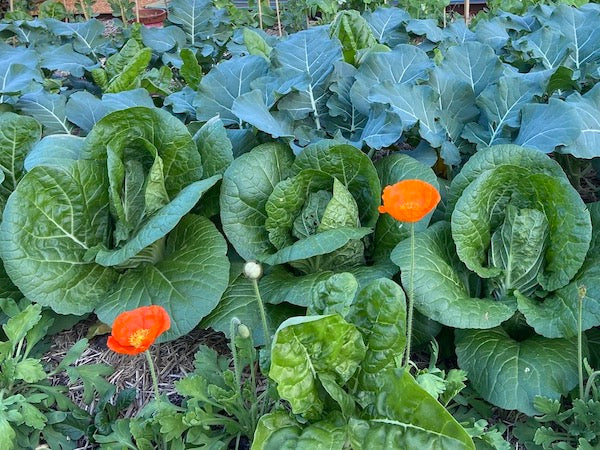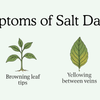Wicking Bed Spring Planting Ideas and Tips

It's time to think about what to do with your wicking bed now that spring has 'sprung'. For those of us living in lockdown, Spring is perhaps a little less exciting than usual, we get it. But now that you are home all the time, it is the perfect time to start to get some soil under your fingernails and discover a magical form of therapy- gardening (also no pressure, times are hard and if it all seems like too much, just reading this post is enough).
Preparing for spring planting
Spring for me conjures up memories of brisk mornings warming to t-shirt weather, tingly skin where the sun starts to caress those pale and unexposed limbs for the first time in months, picnics, magpie warbles, plovers swooping, scents of jasmine, bees swarming, and of course, the garden waking up. Bringing a garden out of its slumber to the happening place it will become late spring is a delicate operation. Do you rip out those old mostly eaten kale trees even though you still get a leaf every fortnight (after washing off the aphids)? Do you risk putting the tomatoes in before the official last frost day to get ahead of your gloating neighbour? The dilemmas have only just begun and then you check a seed catalogue (aka Playboy for gardeners). Now you want to grow Turkish orange eggplants, scorzonera, lemon cucumbers or watermelons…in your 1m2 patch… in drought. Trust me, I’ve been there. Spring is like a tempestuous relationship. It’s both hot and frosty, full of desire and dreams, and nostalgia for a time gone by. Thanks to 2020, that kind of drama is just not what I need right now, so here’s some guidance about what to plant over the next few months to really get your garden, food source, and therapy pumping.Drought proofing your garden
Speaking of 2020, remember the horrors of last summer’s drought and bushfires? It’s important for all of us, gardeners included, to act responsibly with the amount of water we use. WaterUps® wicking cells and bed kits allow us to water from the bottom up, making sure that water isn’t wasted through evaporation, leeching, or overwatering. Plants take what they need, and you only need to remember to water them every 3-4 weeks. Ideal! So, the first step is to get yourself a wicking bed.Soil care for wicking beds
Now for soil care. Poor soil equals poor looking veggies with limited nutritional value. You don’t want to go to all the effort of raising seedlings just to have them not fully form or fruit because you couldn’t be bothered with this step. After a long cold winter, your soil will benefit from a nice thick layer of compost. The good stuff that smells sweet and earthy. Check from your local soil supplier what will be best for veggies. You should be looking for a lot of organic matter in your compost, I tend to use mushroom, or an organic mix with aged chicken or cow manure through it, depending on what your soil needs. 5cm thick will do the trick. When you are spreading it across your bed I like to dig it in a little bit. Not turning the soil over on top of itself, but just opening up and aerating the soil with a garden fork.What to plant this spring?
Now time for plant planning. Get a cuppa and a pen and pad. Ask yourself:- How many people do I want to feed?
- How much space do I have?
- How much sunlight does my garden get during spring and summer?
- What are my neighbours growing? Can I grow something different and swap with them (COVID-rules applying)?
- How much time do I have to spend in the garden to maintain and sing to my plant babies?
- What do I actually like to eat?
- What can I learn from last year?
Warm-season planting
So what does warm-season planting look like? Think of it as four-step process.- Early: Plants that are still cool weather tolerant, including salad, radishes, beets, silverbeet, fennel, kale, parsley, shallots, warrigal greens, mustard and Asian greens.
- Early Mid: After the last frost. Beans, carrots, cucumber, zucchini, pumpkin, watermelon, squash, potato, sweet potato.
- Mid Late: When it is mostly warm. Sweet corn, tomatoes, basil, eggplants.
- Late: Capsicums, chillies, sunflowers.








